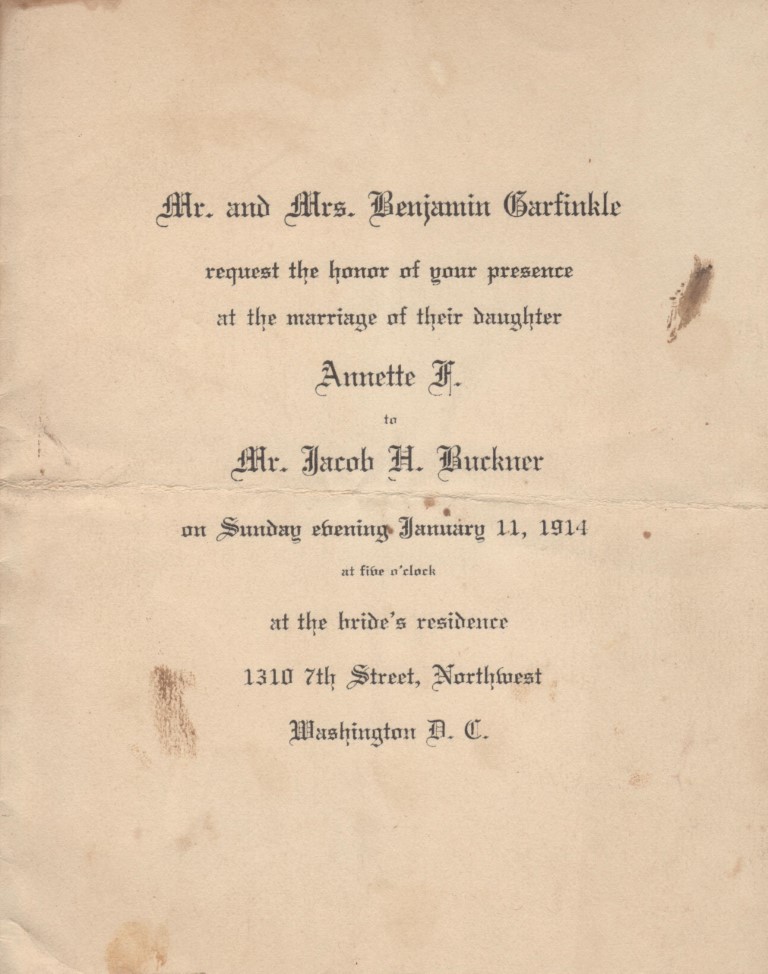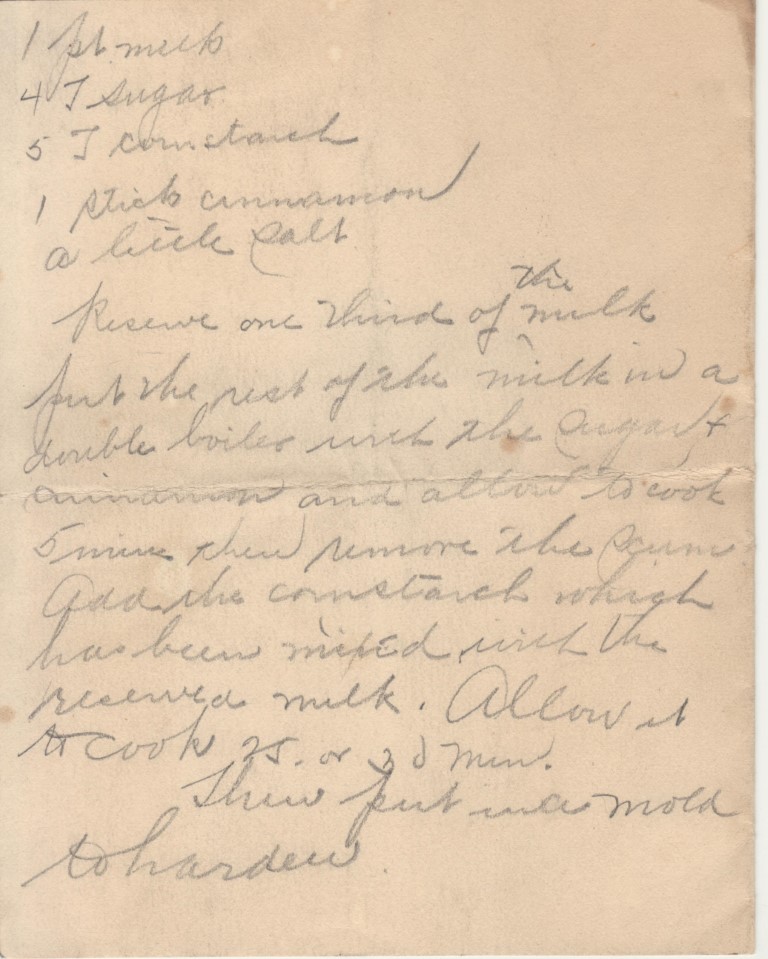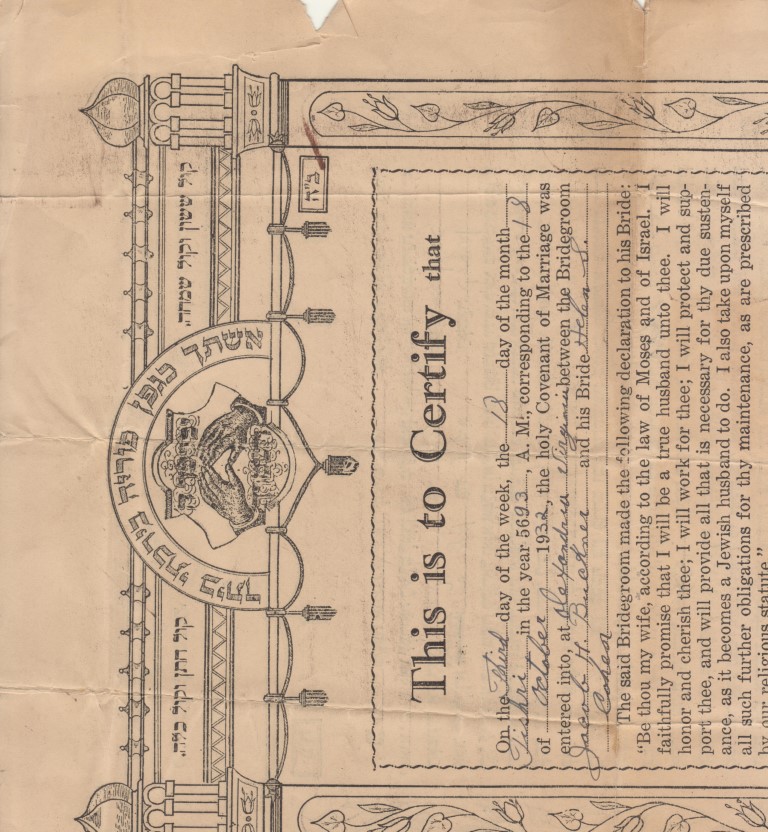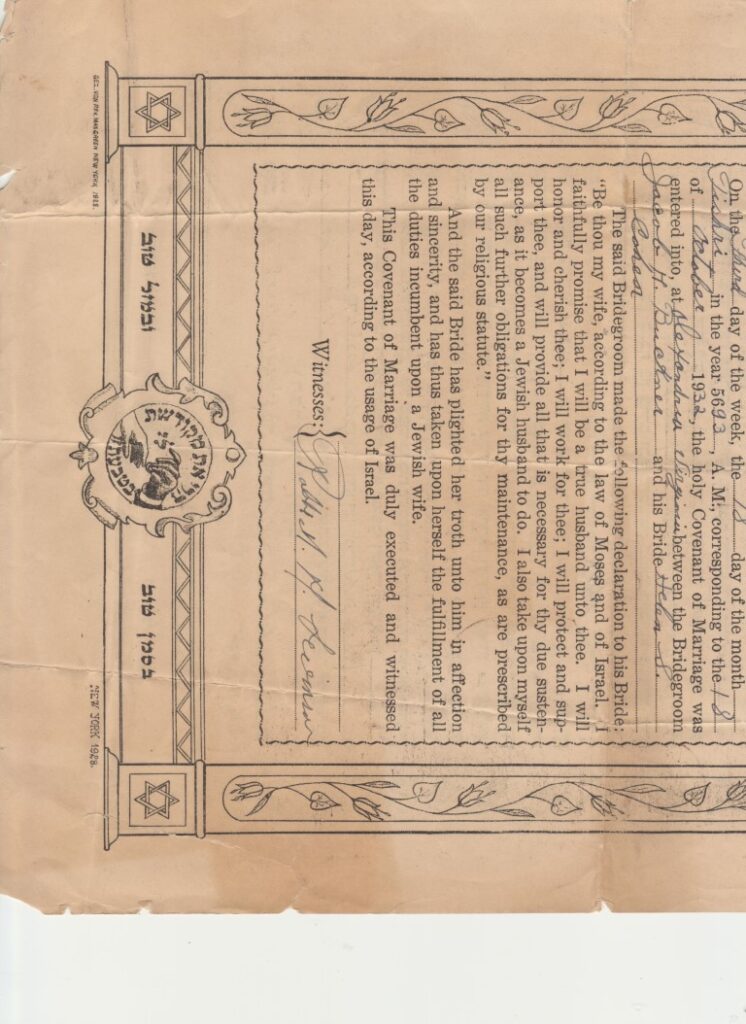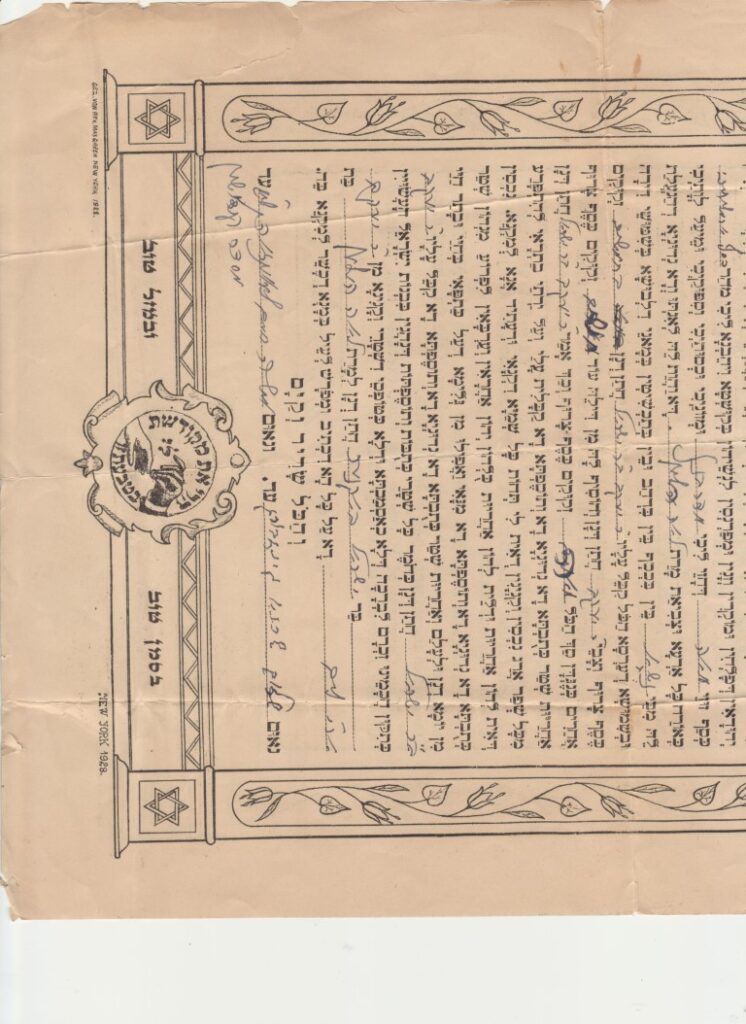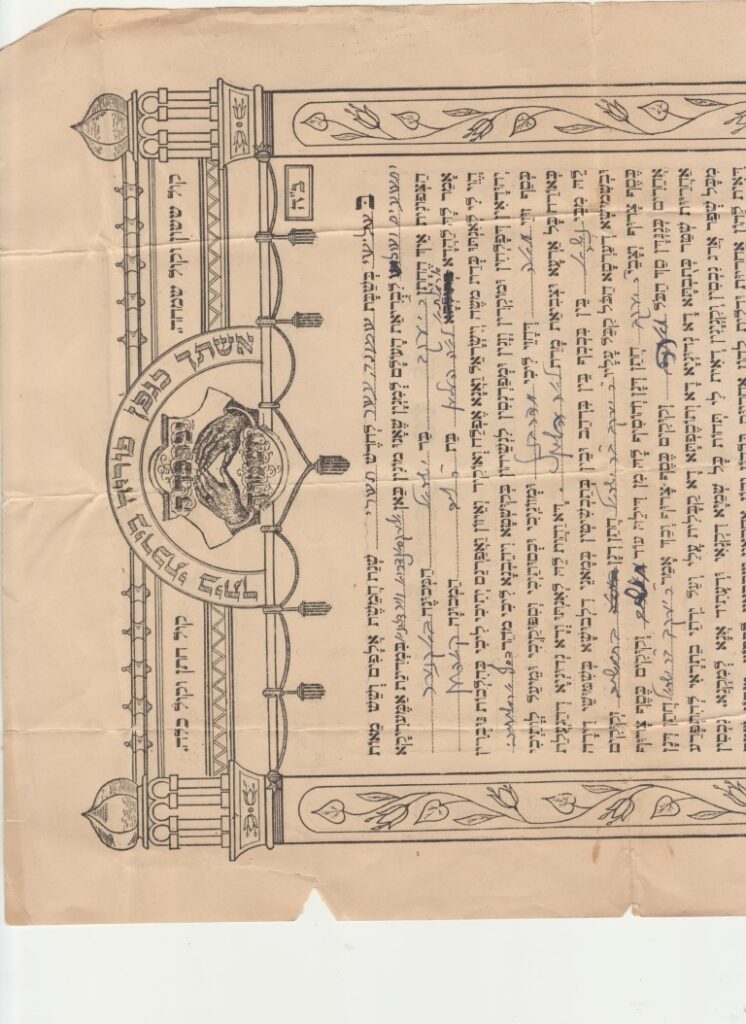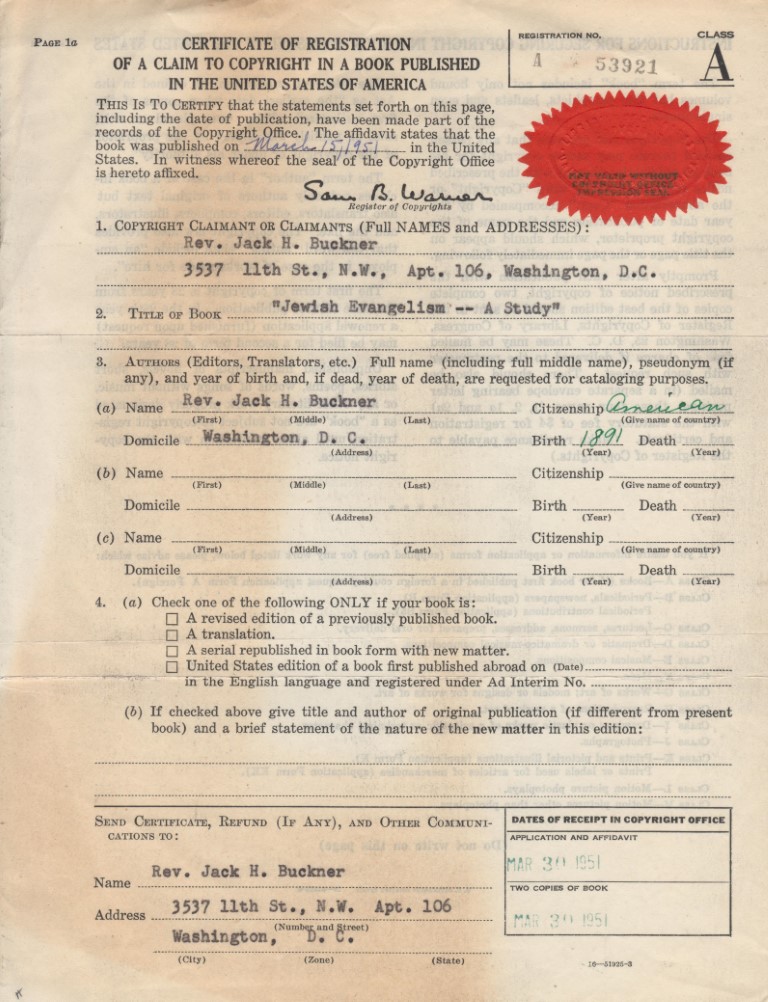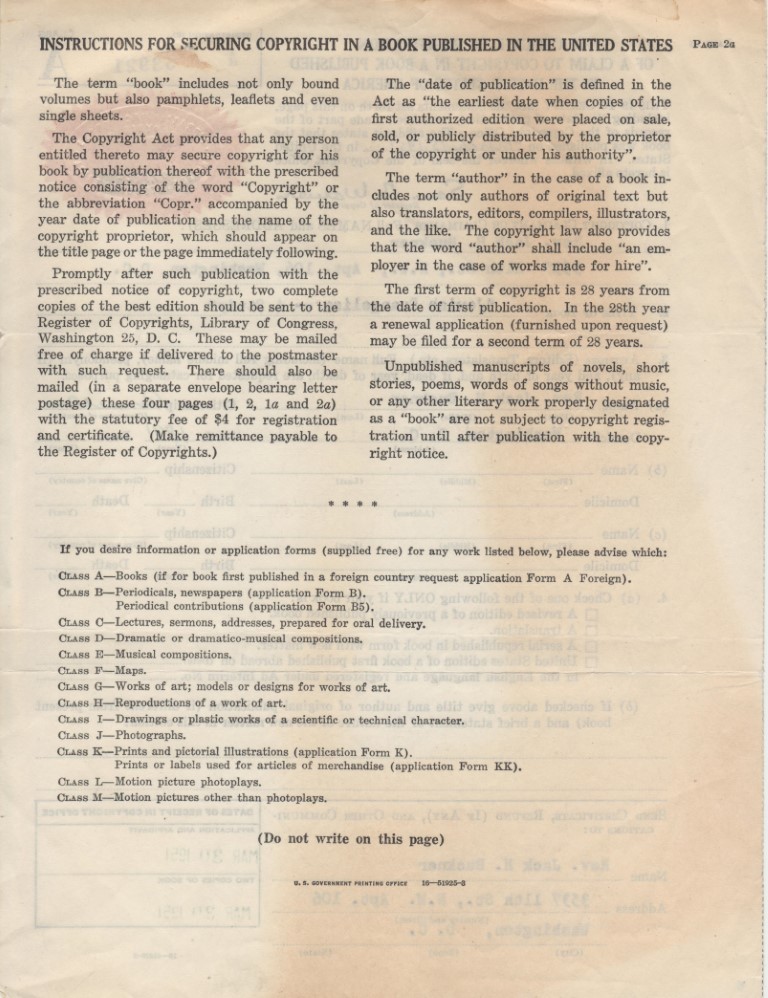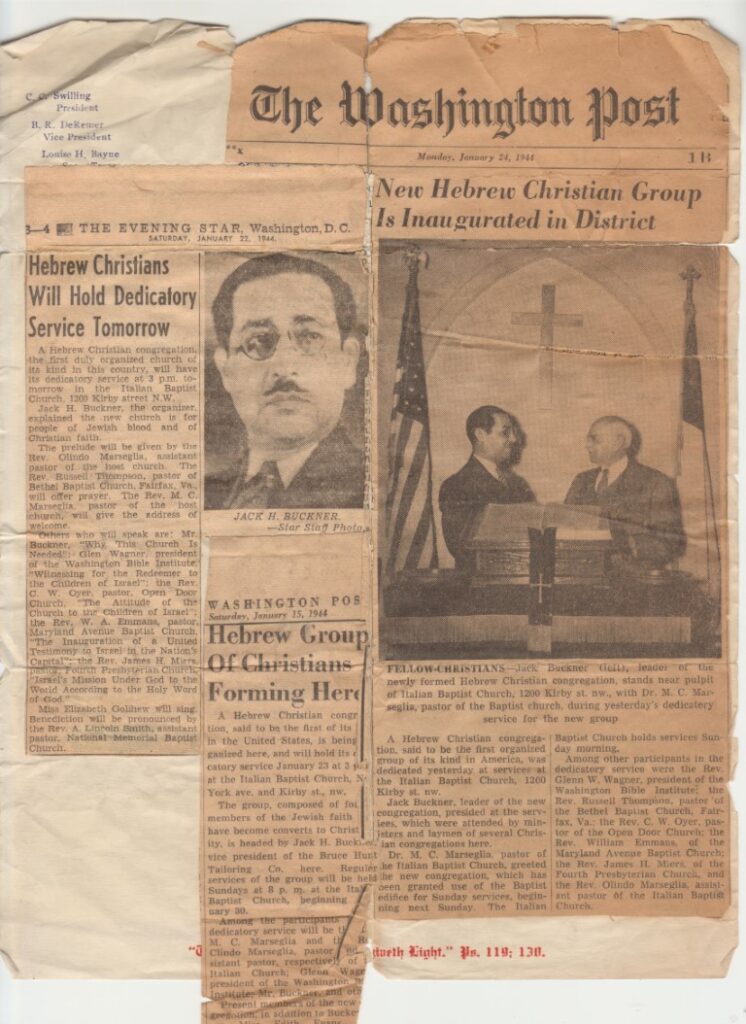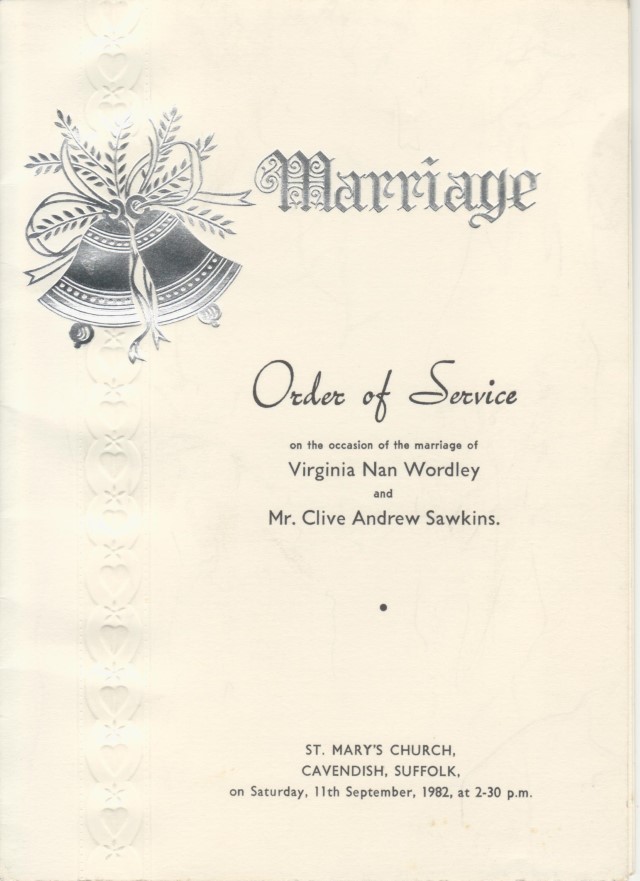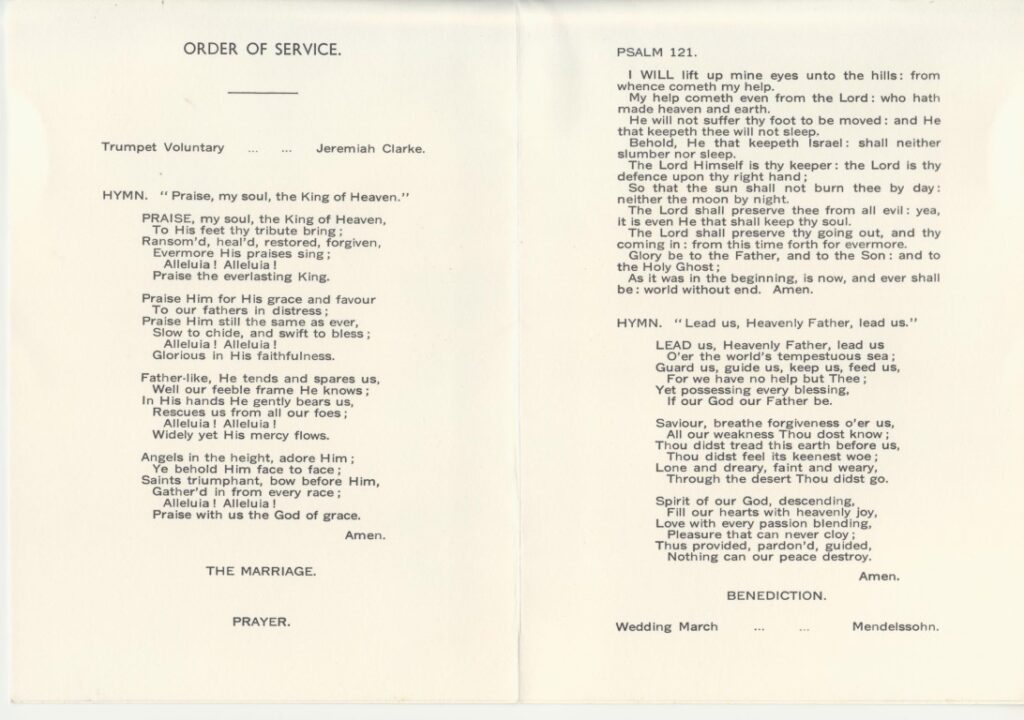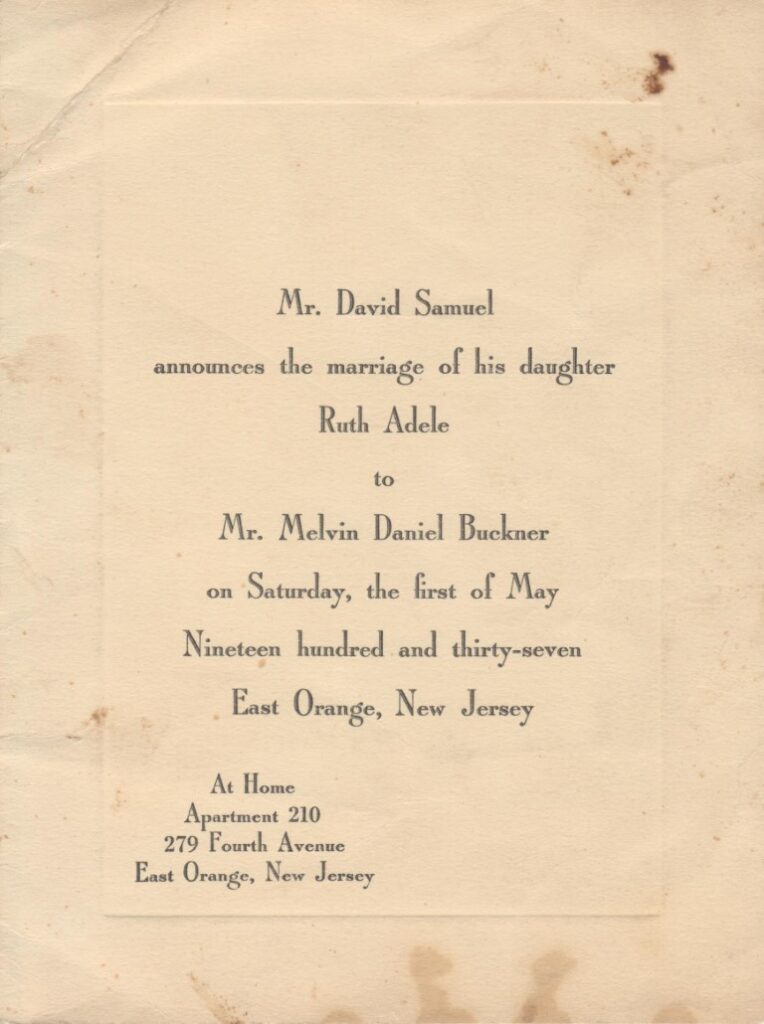Three Weddings, Three Eras — A Journey Through Time, Tradition, and Family
Marriage ceremonies are both deeply personal and culturally telling — each one a reflection of its era, setting, and the communities from which the couple comes. Examining three weddings, spanning nearly half a century and two continents, reveals evolving customs yet enduring symbols of love, continuity, and public declaration.
1914–1930s — Jewish-American Traditions in Washington, D.C. and New Jersey
Jacob H. Buckner’s Marriages
In early 20th-century Washington, D.C., Jewish-American families balanced heritage with American social forms. On Sunday, January 11, 1914, Jacob H. Buckner wed Annette F. Garfinkle at her home at 1310 7th Street, Northwest. Guests were invited by a formal printed card from her parents, Mr. and Mrs. Benjamin Garfinkle, following the etiquette of middle-class Jewish families of the time. On the reverse, a handwritten cinnamon pudding recipe — likely from the bride’s family — hints at the blending of domestic life with the ceremonial.
Jacob’s second marriage is preserved in a traditional Jewish Ketubah, complete with ornate bilingual Hebrew–English text and signed by Rabbi J. T. Loeb. This document formalised the marriage according to the laws of Moses and Israel, specifying mutual promises of care and support, and was witnessed by Paul T. Levin. Though the English bride’s name is difficult to decipher — possibly altered on the certificate — the Hebrew text remains intact. This duality of documents reflects both the legal and religious layers of Jewish marriage, and hints at personal stories still to be uncovered.
Melvin D. Buckner & Ruth Adele
Just over two decades later, on Saturday, May 1st, 1937, in East Orange, New Jersey, the marriage of Ruth Adele to Mr. Melvin Daniel Buckner was announced not through synagogue records, but by a printed card issued by the bride’s father, Mr. David Samuel. This was a hallmark of 1930s American formality — succinct, elegant, and practical. The inclusion of the couple’s “At Home” address — Apartment 210, 279 Fourth Avenue — reinforced marriage not only as a social event but as the beginning of a new domestic chapter.
1982 — An English Country Church Service
Fast-forward to Saturday, 11th September 1982, when Virginia Nan Wordley and Mr. Clive Andrew Sawkins were married at St. Mary’s Church, Cavendish, Suffolk. Guests were handed an Order of Service adorned with decorative bells, gothic-style lettering, and embossed borders — tangible keepsakes of the day. Inside, the Anglican liturgy unfolded: the hymn “Love Divine, all loves excelling”, the marriage vows, a reading from 1 Corinthians 13 by Mr. Mark G. Wordley, another hymn — “Lord of all hopefulness” — and the final blessing. Here, the tradition lay not in bilingual contracts or parental announcement cards, but in the collective witness of a village congregation, the peal of church bells, and the shared singing of hymns.
Threads That Bind
Though the three weddings differ in faith, geography, and social style, they share key elements:
-
Formality of Announcement — whether via Ketubah, engraved card, or printed service booklet, each wedding was carefully documented.
-
Community Witness — from a Washington parlour to a New Jersey apartment to an English church nave, the presence (or awareness) of others confirmed the union’s legitimacy.
-
Material Mementos — paper documents, preserved for decades, remain as tangible links to the people and the promises made.
Together, these ceremonies illustrate how love and commitment adapt to time and place, while the instinct to mark and share the moment endures.

